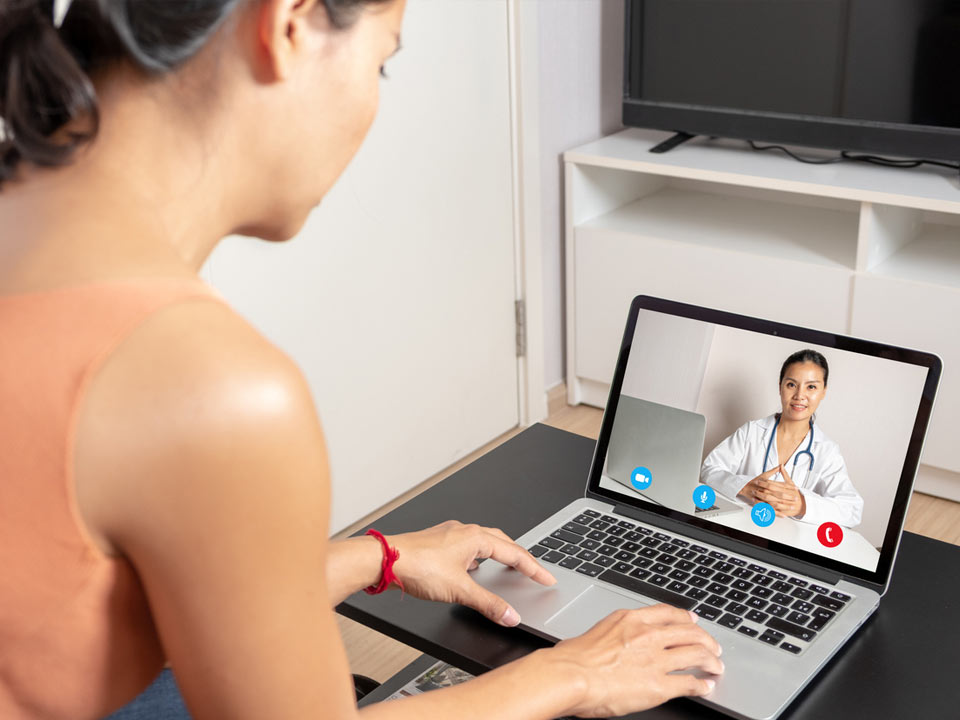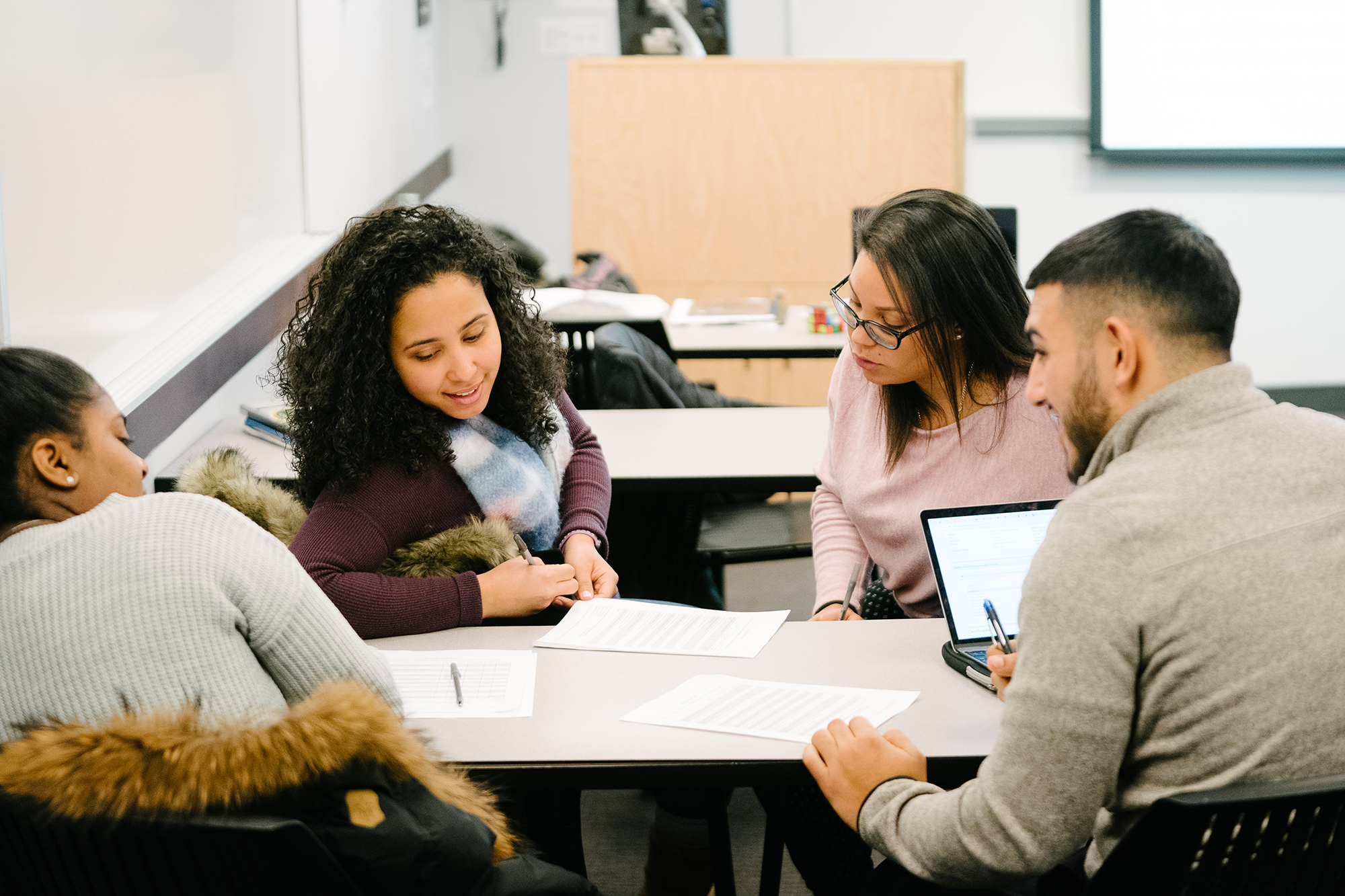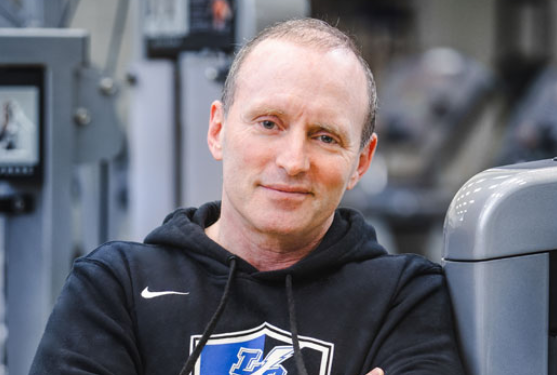- Lehman College >
- News >
- 2020 >
- Macroeconomist’s Research Suggests Improved Health Outcomes through Technology
News
Search All News
Friday, January 2, 2026
CONTACT
Office Hours
Monday - Friday 9am - 5pmClosed Sat. and Sun.
RELATED STORIES
December 29, 2025
December 29, 2025
Macroeconomist’s Research Suggests Improved Health Outcomes through Technology

July 21, 2020
The word “macroeconomics” may bring to mind terms like “inflation” and “gross domestic product.” This field, in fact, has relevance beyond the study of world economies, and its methods are applied to diverse aspects of social life—everything from the music industry to human health.
Juan DelaCruz, a professor of macroeconomics at Lehman, works at the intersection of health and economics, and investigates the complex relationship between the two. He is currently researching the socioeconomic effects of COVID-19 on the hardest hit New York City communities, with the goal to improve access to health care for vulnerable populations.
DelaCruz has been analyzing data for epidemics since he was a college student. More recently he has studied the spread of HIV as it relates to ethnicity and income inequality.
“In this respect, COVID-19 resembles very much what happened with the H.I.V. epidemic,” he said.
For over a year, DelaCruz had been working with colleagues from the CUNY Graduate Center and Manhattan College to analyze how different health care interventions impact the lives of older adults with H.I.V.
DelaCruz said his spring term macroeconomics students were very engaged with COVID-19 and its effects on national economies, so he incorporated the unfolding situation in the course curriculum.
“I heard from many students that they were happy to be taking the class because [the situation] was kind of like a laboratory for us, looking at policy changes and how the macroeconomy can react,” he said.
In early March, DelaCruz decided to take his observations out of the classroom and into the field with the goal of presenting received a request for presentation proposals for the 2021 American Social Science Association Meeting. This was the impetus for him to approach his colleagues about refocusing their efforts on COVID-19. His proposed project on the pandemic would overlap with their recent work on the health and welfare of minorities living with HIV. Presenting their results to a wider research community will be another step toward their greater goal of improving access to health care for underserved communities.
DelaCruz and his research partners began to collect data from hospitals, agencies, and government that, once compiled and analyzed, will shed more light on disparities in health care access, and suggest methods to reduce them.
The objective of the project is to assess the cost-benefit of information technologies used by patients, particularly during the peak of the crisis. The results can then be used to develop effective interventions that state and federal governments can make—in collaboration with technology companies, health care institutions, and community-based organizations—to improve health outcomes in a pandemic like COVID-19.
“We are focusing only on New York City, and one of the avenues that we are taking is looking at most affected neighborhoods,” said DelaCruz. “We are going to the zip code level, so we can find socioeconomic information and technological information specific to COVID-19.”
Early on, they noticed that most of the COVID-19 cases in New York City were occurring among minorities in low-income zip codes. They also recognized that many residents of these areas work in “essential services”—jobs in health care, grocery stores, delivery services, and construction, for example— that expose these workers to large groups of people, and therefore put them at a higher risk for contracting the virus.
“They don’t have the luxury of working from home,” he said. “It is a big public health issue, but it also became an economic issue.”
In the early days of the pandemic, official guidance and directives issued by city, state, and public health officials frequently changed.
“One of the main problems we identified around COVID-19 is the uncertainty of the epidemic,” he said. “Nobody knew anything about it.”
DelaCruz and his colleagues found that, because of this uncertainty, many people who feared exposure were reluctant to visit hospitals or doctor’s offices when they were ill. However, the group also discovered that a significant number of people took advantage of telehealth services—in particular those that incorporated a computer or smart phone’s camera as a diagnostic tool.
“There are many studies showing that [telehealth] is beneficial, especially because adherence to medical appointments is higher,” said DelaCruz. “We thought about the costs and the benefits of implementing telehealth. Telehealth is a very important tool for medicine, and more than this, it’s a very important screening tool...to help people make better choices in terms of medical care.”
Yet, without widespread access to the technologies that make telehealth possible for patients, this resource has not been implemented in a comprehensive way.
“The idea is to raise awareness that the use of telehealth can help. We are most interested in neighborhoods effected by COVID-19, and what kinds of policies that governments and societies can make in this particular regard.”
There are many structural problems to address, including affordable devices and internet access. The research aims to clarify the economics of making telehealth technology available to at-risk, low-income communities. Potential solutions, he said, include public-private partnerships with cell phone manufacturers and service providers, to provide affordable devices and online access.
“Unfortunately, older adults—the people who were hit hardest with this epidemic—might struggle to incorporate the technology into their daily lives,” DelaCruz said. “That’s why this COVID-19 response for telehealth has to be very well targeted to older adults, who might be more likely to be exposed to the virus and vulnerable.”
“Hospitals can do their part by teaching people how to access those technologies,” he added.
On June 1, DelaCruz learned that the group’s presentation proposal was accepted. In addition, he and his colleagues will be publishing their research in the Journal of Pharmacoeconomics, a leading journal in the field.









